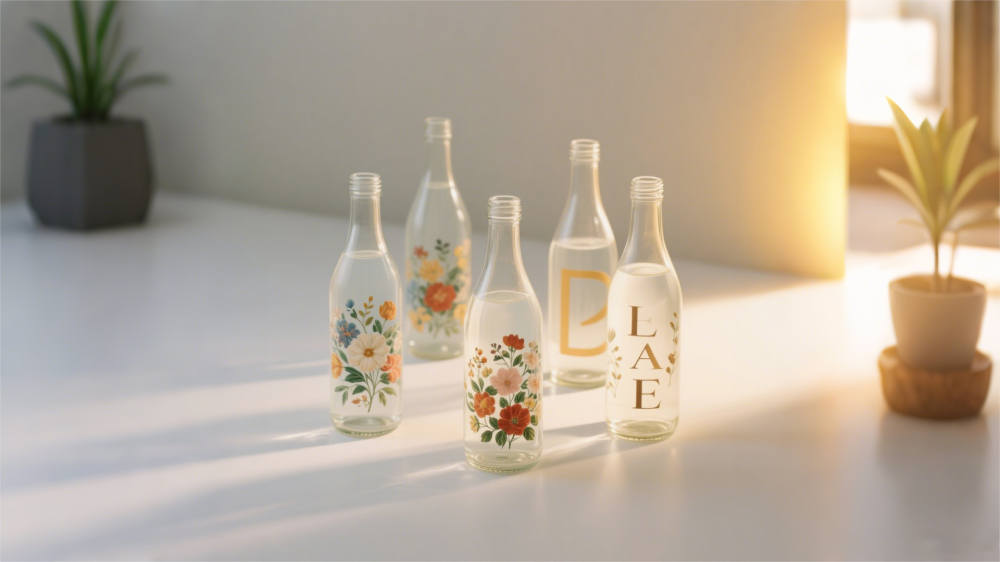The notable feature of screen printing ink is its thick ink layer. This feature brings many advantages. The colors are bright and eye-catching, giving people a strong visual impact and presenting a full feeling. When printing large solid areas and patterns such as text, the three-dimensional effect is particularly prominent. However, the thick ink layer also comes with some drawbacks. The ink consumption is large, and it is about three times thicker than offset printing, which undoubtedly increases the production cost. Moreover, the speed of light curing is slow, and the ink film shrinks significantly, which can easily cause the glass wine bottle to shrink or even bend, thereby affecting the product quality. In terms of precision, due to the limitations of screen printing technology and raw materials, the precision of screen printing images is between 80 and 120 lines per inch, and the range of dot tonal reproduction is generally between 10% and 85%, which makes the fineness and layering of the products somewhat lacking.
Offset printing ink is characterized by its thin ink layer. Compared with screen printing, its three-dimensional effect is slightly inferior, but this also brings some advantages. The ink has a relatively fast photo-curing speed, consumes less ink, is less likely to deform the bottle due to ink shrinkage, and has a small impact on the flatness of the wine bottle. Offset printing performs exceptionally well in terms of the reproduction effect of printed graphics and text. Due to the use of the indirect transfer method, the graphics and text on the printing plate are transferred to the blanket first and then to the bottle body, resulting in minimal dot distortion. Especially in waterless offset printing, there is no need for ink and water balance. The watermark-free plate has a fine structure, with a line count of 175-200 lines per inch. The printed patterns are clear and sharp, with a strong texture and good color reproduction. The effect is even better when printing complex patterns such as transition colors, figures or landscapes.
By comparison, it can be found that screen printing is suitable for simple patterns or text printing that pursue bright colors and strong three-dimensional effects, such as some retro-style wine label designs that emphasize eye-catching effects. Offset printing is more adept at presenting high-precision, richly colored and delicate patterns, and is suitable for high-end wine packaging with high requirements for picture texture and detail reproduction. When choosing the printing process for glass wine bottles, it is necessary to fully consider the characteristics of the ink and the expected printing effect to achieve the best presentation of the product packaging.

